Bhagwan Shiva, the Supreme Being of the Shaiva tradition, manifests in several distinct forms, each embodying a specific cosmic function and philosophical essence. In each of these aspects, he is accompanied by his Shakti, the dynamic and activating feminine power. Shakti is not merely a counterpart but an inseparable extension of Shiva's own energy, necessary for all manifestation and transformation in the universe.
1. Shiva as the Bestower of Blessings and Eternal Creator
In his benevolent form, Shiva is revered as Sada Shiva, Shankara, and Shambhu , the eternally auspicious one. He embodies grace, compassion, and the spiritual blessings that sustain both the seen and unseen realms. As Mahadeva or Ishwara , he is the eternal essence that creates, preserves, and continually rejuvenates the universe. This aspect of Shiva is not a passive principle but an active force of regeneration and cyclical renewal.
Shiva's power of creation is symbolized through the Lingam , a pillar-like representation of pure consciousness. When combined with the Yoni , symbolizing the womb and the source of life, this union becomes the metaphysical basis of existence. It signifies the non-dual fusion of Purusha (consciousness) and Prakriti (nature) . Nearly every Shaiva temple enshrines this symbol as the central deity, underscoring the cosmic process of manifestation through unity.
His consort in this aspect is Jagan Matri , the universal mother who gives form to the unmanifested potential. Together, Shiva and Shakti constitute the primal duality that underlies all creation, honored as the most sacred divine forces across India.
2. Shiva as the Maha Yogi and Embodiment of Spiritual Discipline
In the form of Maha Yogi , Shiva embodies the ultimate path of self-realization through renunciation, meditation, and austerity. He is the ascetic yogi who has transcended all worldly attachments, dwelling in the snowy peaks of Mount Kailash. His appearance, ash-smeared body, matted locks, and tiger skin attire, conveys absolute detachment and spiritual potency.
This form is not just symbolic but serves as an ideal for aspirants seeking liberation. Shiva remains seated in Samadhi , absorbed in the infinite self, revealing the yogic truth that liberation is attained through inner discipline and mastery over desire. His unwavering stillness as Sthanu and his fearless, unclad form as Digambara speak to the transcendence of physicality and duality.
His consort here is Parvati , who undergoes her own rigorous tapasya to unite with him. Their relationship reflects the harmony of inward spiritual striving and cosmic union. Parvati becomes the embodiment of patience, devotion, and transformative power, aiding seekers on the path of yoga.
3. Shiva as Rudra and Mahakala, the Great Dissolver
In his fierce aspect, Shiva appears as Rudra and Mahakala , the Bhagwan of dissolution and time. This form represents the necessary conclusion of cycles, where all creation dissolves into its source. Time (Kala) itself emerges from him, and through him, all material phenomena are drawn back into primal stillness.
In this mode, Shiva is terrifying yet purifying, stripping away illusion and ego. His wild dance as Bhairava , often accompanied by his equally fierce consort Kali , annihilates ignorance and liberates the soul from bondage. This cosmic destruction is not chaos, but an act of divine balance, clearing the way for regeneration.
As Bhuteshwara , he governs the subtle realms of spirits, ghosts, and elemental beings. He resides in cremation grounds, wearing serpents and garlands of skulls, signifying mastery over death and impermanence. He commands the bhuta ganas , spirits who symbolize uncontrolled forces, brought into harmony under his command.
Kali, as his consort in this form, is the energy of dissolution and transformation. She amplifies Shiva's power by cutting through all limitations and ushering the aspirant into pure awareness beyond form and time.
4. Shiva and Shakti as Ardhanarishwara: The Perfect Unity
The most profound philosophical representation of Shiva and his Shakti is expressed in the form of Ardhanarishwara , a deity depicted as half male and half female. This image embodies the non-duality of existence, where the masculine and feminine are not opposites but complementary expressions of the same Absolute.
Ardhanarishwara signifies that no creation or transformation is possible without the interplay of Shiva and Shakti. Spirit and matter, awareness and energy, consciousness and manifestation—these are not separate but united in eternal harmony.
This synthesis is not merely symbolic but reflects the Vedantic truth that the universe is rooted in a single, indivisible reality, appearing as multiplicity through the dynamic play of opposites.
Shiva and Shakti: Unity of Power and Presence
Each of Shiva’s manifestations, from the tranquil Sada Shiva to the terrifying Bhairava, embodies a fundamental cosmic function; creation, sustenance, dissolution, concealment, and ultimate grace. These divine roles are never enacted in isolation. They are activated and made manifest only through the inseparable presence of Shakti, the dynamic power through which Shiva expresses his will. Shakti is not a subordinate force but the very energy of Shiva himself, without which he remains a formless potential.
This indivisible unity between Shiva and Shakti reflects the eternal convergence of consciousness and energy, of the unmanifest and the manifest, of the Absolute and its unfolding expression. Whether he appears as the meditative yogi lost in stillness or as the relentless force of time dissolving all forms, Shiva is never apart from his consort. Together, they symbolize the totality of existence, encompassing both the transcendent and the immanent dimensions of reality.
The myriad forms, sacred symbols, and temple iconography found across India are not mere objects of veneration. They are living metaphysical truths that illuminate the path of inner realization. They serve as mirrors through which the seeker contemplates the mysteries of the cosmos and the self. In the interplay of Shiva and Shakti, the aspirant discovers the full spectrum of life—from birth to death, from illusion to enlightenment—and is ultimately guided toward the supreme goal of liberation.

-in-Astrology.jpg)

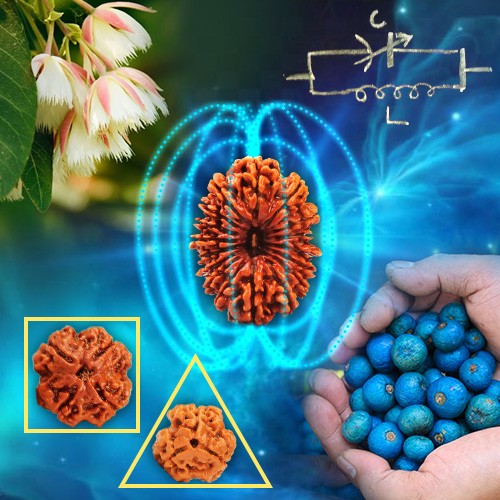
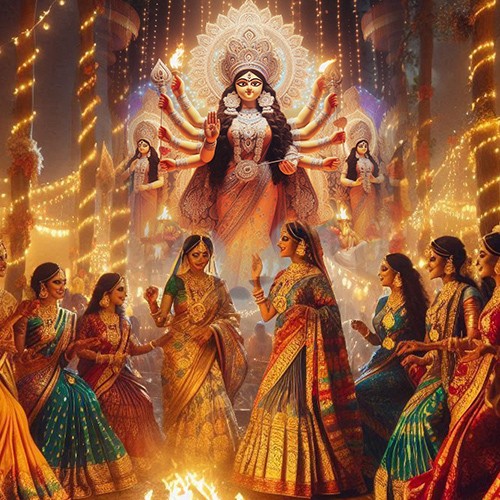


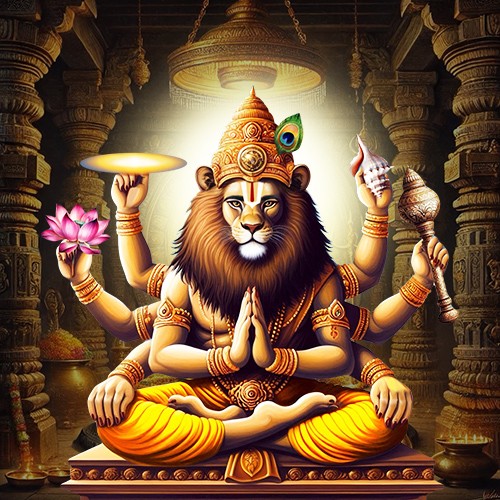

.jpg)
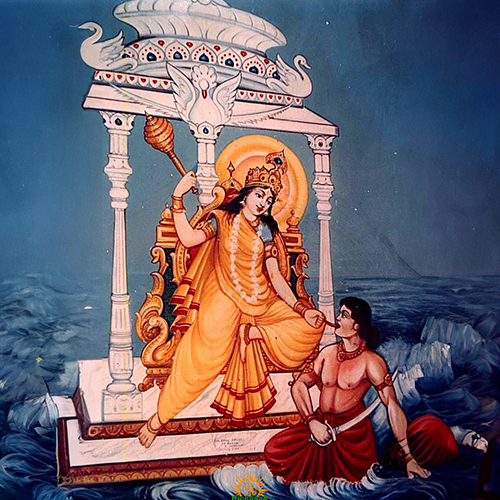
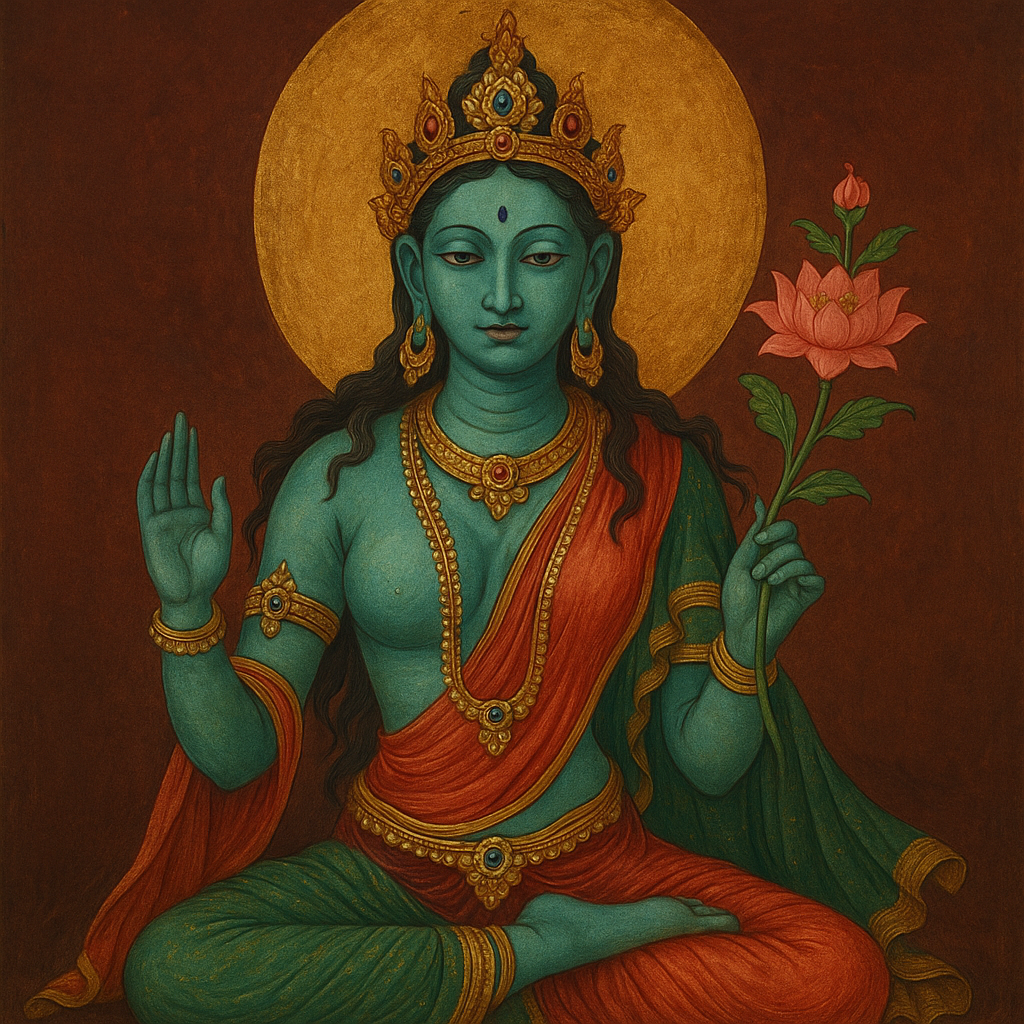
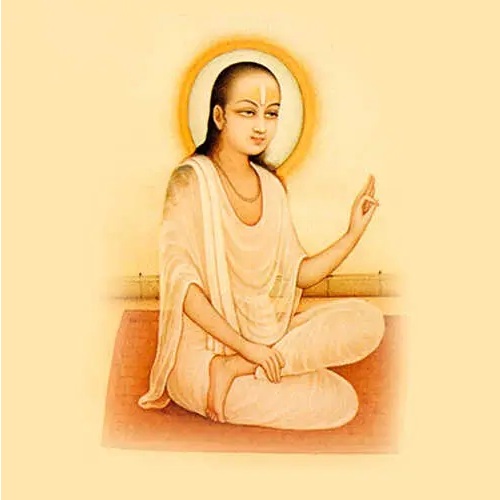
Comments 0
Leave your thought here